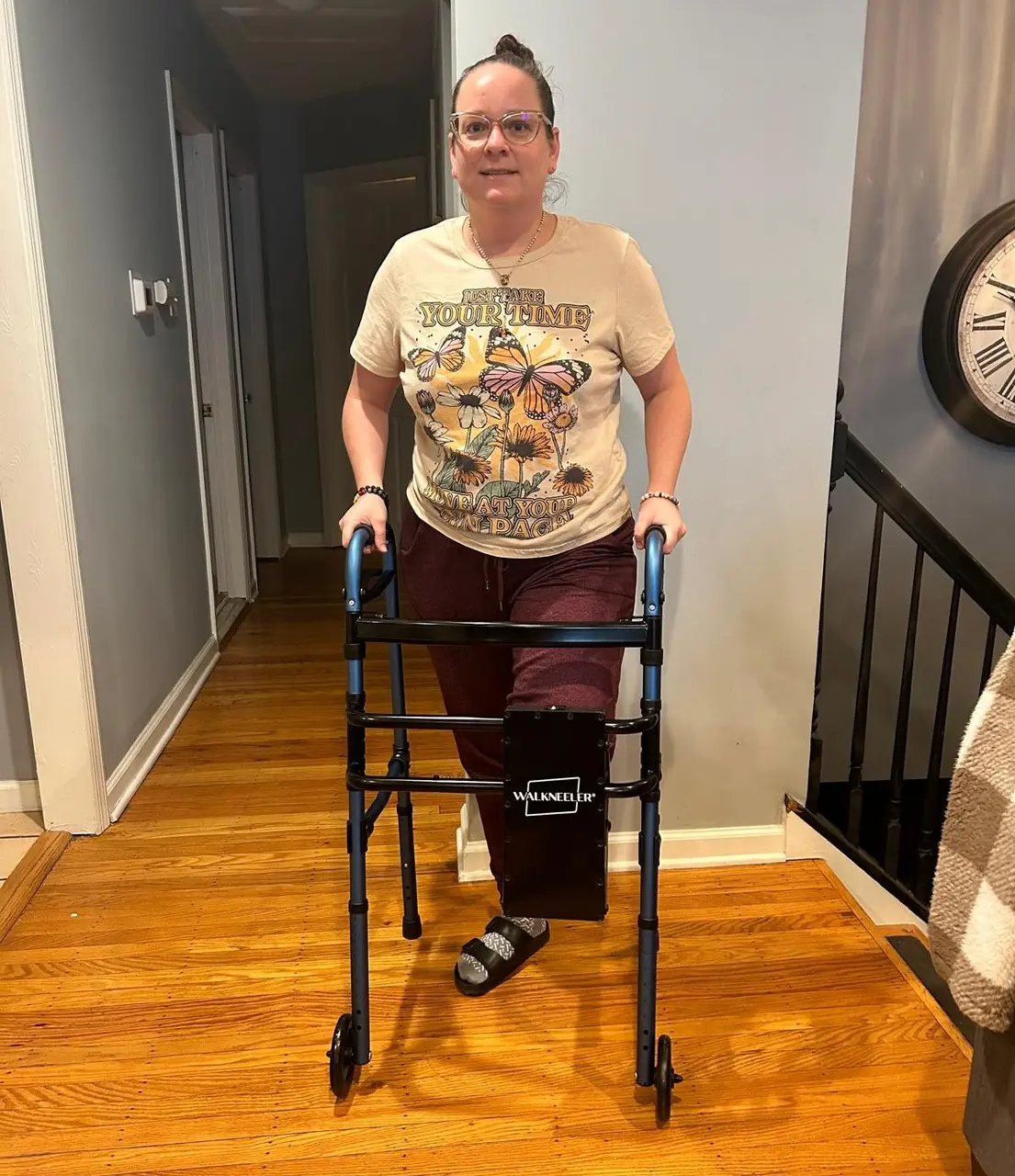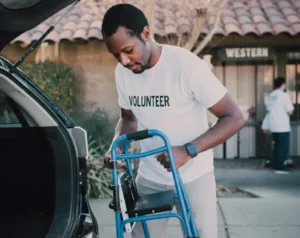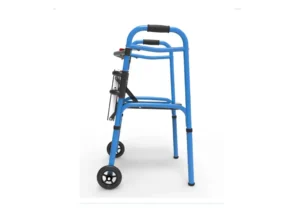If you’ve recently undergone surgery, you know how crucial it is to support your legs for a smooth recovery. The right leg support options can make a significant difference in your overall comfort and healing process. In this blog, we will explore various leg support solutions available, ensuring you find the perfect fit for your recovery journey.
Understanding the Importance of Leg Support After Surgery
Leg support plays a pivotal role in post-surgery recovery. It helps alleviate pain, provide stability, and minimizes the risk of complications such as blood clots. In this section, we will delve into why leg support is not just a luxury but a necessity during healing.
After undergoing surgery, your body is in a vulnerable state, and the right support can make a world of difference. Support devices help maintain proper alignment, ensuring that your healing leg receives the protection it needs while also aiding in mobility. As you’ll discover, certain leg supports can even enhance blood circulation, which is crucial for a speedy recovery.
Moreover, psychological well-being is often overlooked in the healing process. The comfort provided by effective leg support can boost your confidence and make everyday activities feel more manageable, encouraging you to engage in gentle movement. This not only promotes physical healing but can also have a positive impact on your mindset during recovery.
Types of Leg Support Devices to Consider
There are various leg support options available in the market such as braces, wraps, and compression stockings. Each type serves a distinct purpose, and in this section, we will discuss the features and benefits of each to help you make an informed choice.
Starting with braces, they offer essential stability after surgeries involving ligaments or joints. By immobilizing the affected area, they allow for controlled movement while safeguarding your leg during the crucial healing process. Additionally, they often come in various sizes and styles, accommodating different individual needs and preferences.
On the other hand, compression stockings are noteworthy for their ability to boost circulation and reduce swelling. These garments apply consistent pressure to your legs, enhancing blood flow and minimizing the risk of post-surgery complications. They’re particularly useful for those who spend extended periods sitting or lying down, as they aid in keeping your legs healthy and comfortable.
Lastly, consider wraps and pads designed for target-specific support. These devices can be incredibly versatile, as they conform to your leg’s shape, providing additional cushioning exactly where you need it. They can be used in conjunction with other support devices for maximum effectiveness throughout the healing journey.
How to Choose the Right Leg Support for Your Surgery
Selecting the appropriate leg support can be overwhelming, but it doesn’t have to be. Here, we will provide insights on what factors to consider based on your specific surgery, recovery stage, and personal comfort.
First and foremost, it’s crucial to align your choice with your doctor’s recommendations. They’ve tailored a recovery plan unique to your surgical procedure and may suggest specific devices that suit your needs. Following their guidelines can significantly enhance your healing process.
Next, evaluate your daily mobility requirements. Are you planning to stay active or will you mostly be resting? Depending on your lifestyle, you may opt for a more versatile support system, such as a knee walker, which allows for relative mobility while providing necessary support. Alternatively, if you expect to spend more time resting, you might prioritize a comfortable leg elevation pillow for promoting circulation and alleviating pressure.
Lastly, it’s essential to consider comfort. This might sound simple, but an uncomfortable support device could easily discourage you from using it as prescribed. Look for options that offer adjustable features or soft materials that fit your leg without pinching or causing discomfort. The goal is to promote healing while maintaining your quality of life during recovery.
Tips for Using Leg Support Devices Effectively
Once you’ve chosen your leg support, it’s important to know how to use it correctly. In this section, we will share practical tips for maximizing the effectiveness of your device to ensure a smoother recovery process.
One of the first tips is to ensure your support is fitted properly. Many devices come with sizing charts or guidelines, so take the time to measure your leg and ensure you’re choosing the right size. A well-fitted support not only performs better but is also much more comfortable to wear.
In addition, familiarize yourself with the device’s functionalities. For instance, if you have a brace, learn how to adjust it effectively and understand how it should feel during use. Proper usage is essential, as incorrect application can lead to additional strain or discomfort, thereby hindering your healing progress.
Lastly, keep an open line of communication with your healthcare provider. Regular check-ins on how your chosen leg support is working can provide valuable insights and allow you to make adjustments if necessary. They may also recommend complementary exercises or routines that work in conjunction with your leg support, further aiding your recovery.
Additional Recovery Strategies to Complement Leg Support
Leg support is just one component of your recovery plan. Here, we will explore additional strategies such as physical therapy, nutrition, and rest, emphasizing their role in achieving a full recovery.
Incorporating physical therapy can dramatically influence your overall recovery timeline. A trained therapist can guide you with tailored exercises that promote strength, flexibility, and coordination in your healing leg. This proactive approach not only facilitates faster recovery but also ensures you’re regaining mobility safely.
Additionally, maintaining a balanced diet rich in nutrients is essential for healing. Consuming adequate protein, vitamins, and minerals supports tissue repair and can enhance the efficacy of your leg support. Don’t underestimate the power of nutrition—it’s a vital partner in your recovery journey.
Finally, never forget the importance of rest. Your body has a remarkable ability to heal, but it needs time. Balance periods of movement with plenty of breaks, allowing your body to recuperate. Rest not only aids recovery but also emotional health, which can be just as important during challenging times.
Finding the Right Support for Your Recovery
Choosing the right leg support option post-surgery is essential for a successful recovery. By considering your individual needs and consulting with healthcare providers, you can make an informed decision that aids in your healing process. Remember, the right support can set the tone for a comfortable recovery experience.




